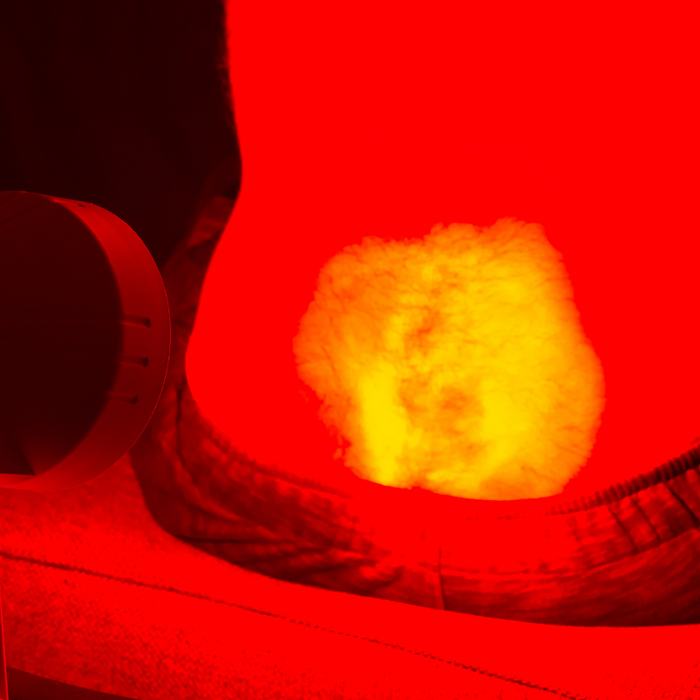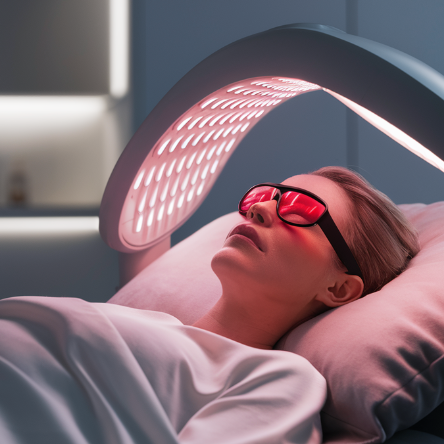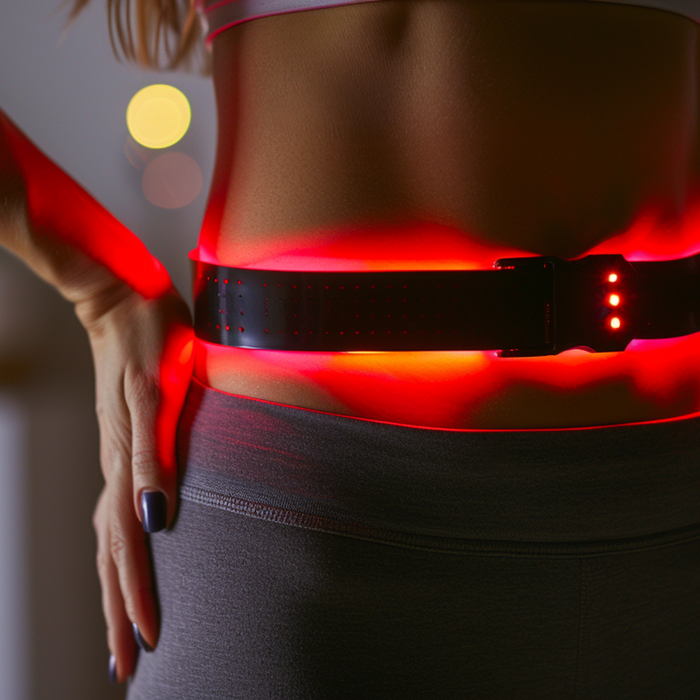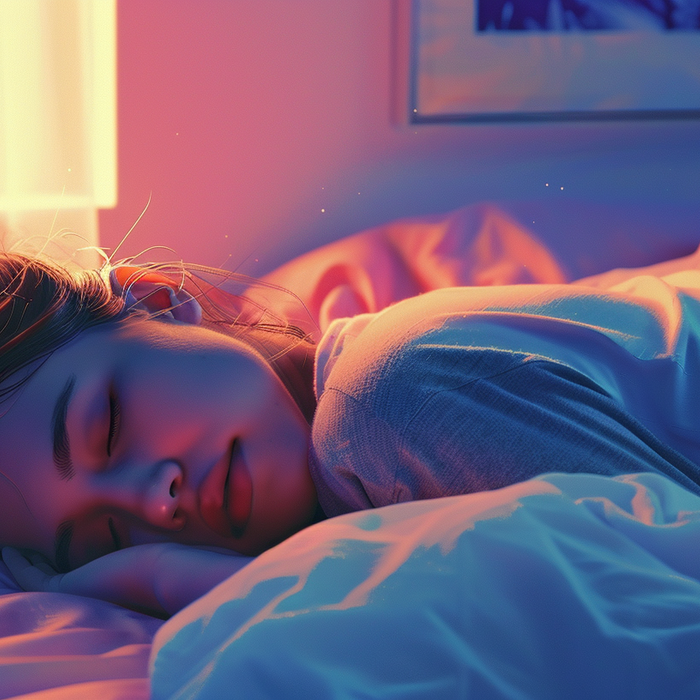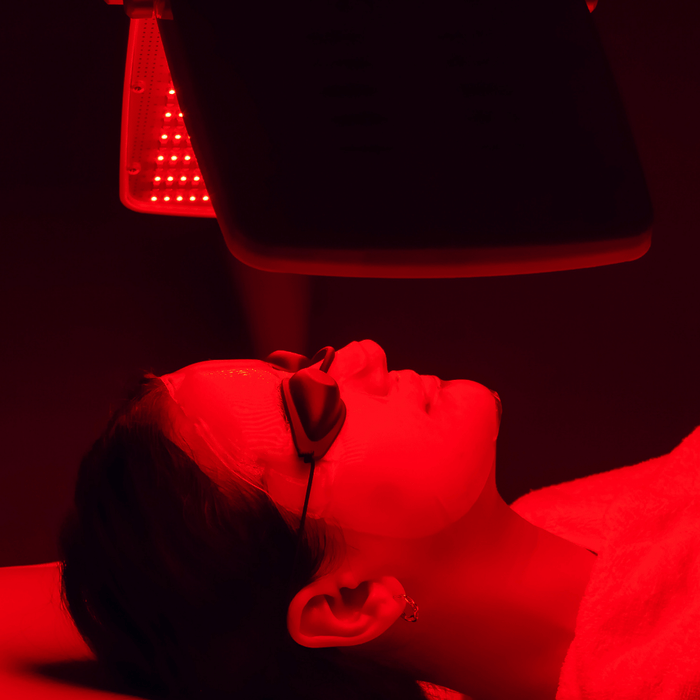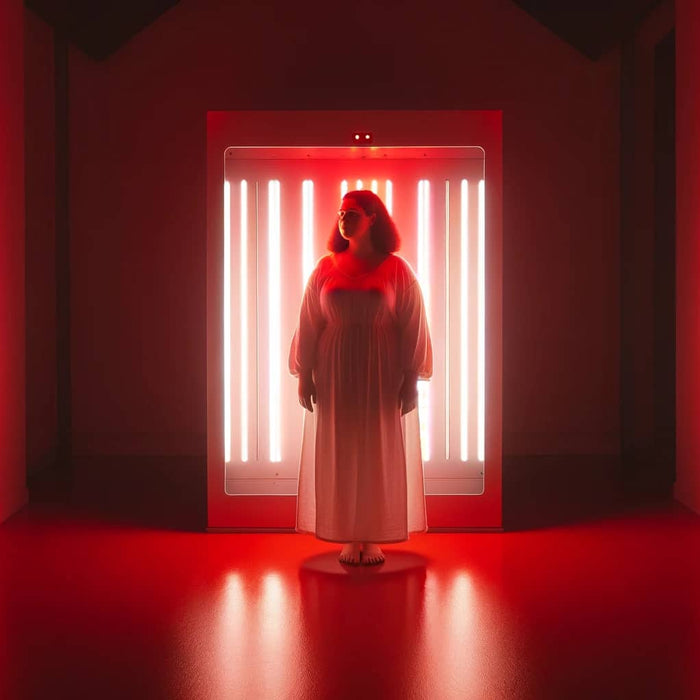If you're having trouble sleeping, you're not alone. According to the American Sleep Association, around 50-70 million adults in the United States have a sleep disorder. As the quest for a better night's sleep continues, red light therapy emerges as an ally in the pursuit of restful slumber. Understanding how to use red light therapy for sleep may transform your bedtime routine, leveraging the power of specific wavelengths to enhance sleep quality. This article will illuminate the steps you can take to integrate this non-invasive treatment into your nightly regimen, aiming to provide you with a natural and effective path towards more rest.
The science behind red light therapy and its impact on sleep is grounded in its ability to influence our circadian rhythms and production of melatonin, the sleep hormone. Delving into the practical application of this therapy, we'll explore the optimal use duration, timing, and intensity of light crucial for achieving the best results. Whether you struggle with falling asleep or desire a deeper sleep state, stay with us as we shed light on this therapeutic technique that's capturing the interest of sleep seekers globally.


